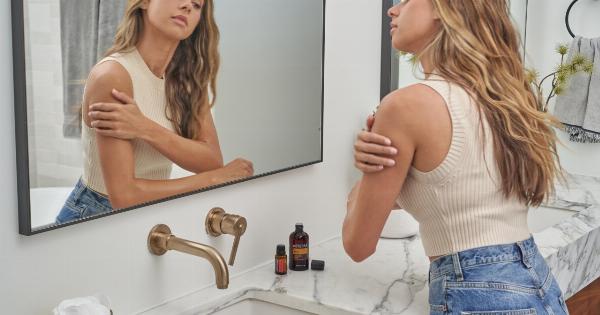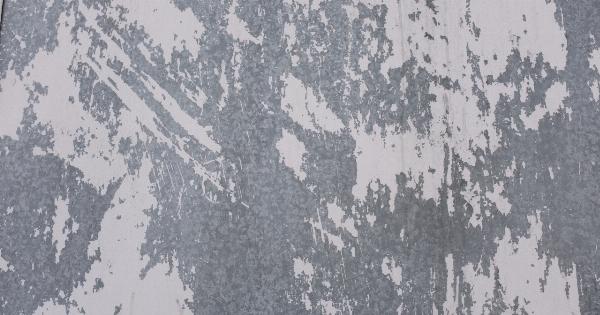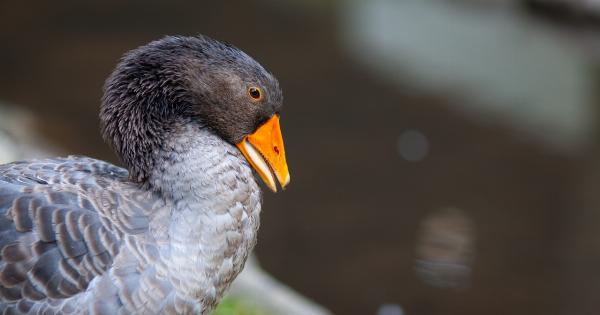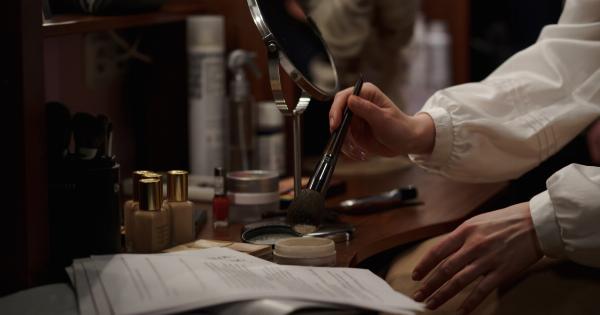Lice infestation can be a recurring problem if not effectively addressed. These tiny parasites, also known as Pediculus humanus capitis, tend to thrive in warm and humid environments, making our heads a perfect breeding ground.
However, by incorporating preventive measures into your routine, you can significantly reduce the risk of lice reinfestation. In this article, we will explore various ways to prevent lice and nits from coming back.
1. Education and Awareness
One of the first steps in preventing lice infestation is to educate yourself and others about the characteristics, symptoms, and transmission methods of lice.
By understanding how they spread and function, you can take the necessary precautions to minimize the chances of reinfestation.
2. Regular Hair Care
Maintaining good personal hygiene and regularly washing and combing your hair is essential in preventing lice infestation.
By keeping your hair clean, you make it less attractive to lice and also have a better chance of spotting and removing any potential lice or nits.
3. Avoid Head-to-Head Contact
Lice typically spread through head-to-head contact, so minimizing such close encounters is crucial. Teach your children to avoid touching their heads together during activities like hugging, playing sports, or taking group photos.
By creating awareness among your family and friends, you can reduce the risk of transmitting lice.
4. Regularly Wash and Vacuum Beddings
Lice can survive off the scalp for up to 48 hours, so it’s crucial to regularly wash and vacuum items that come into contact with your head, such as beddings, pillowcases, hats, and brushes.
Washing them in hot water and drying them on high heat helps kill any potential lice or nits.
5. Avoid Sharing Personal Items
Lice can easily transfer from one person to another through shared personal items like combs, brushes, hats, and headphones. Encourage your children to use their own items and avoid sharing them with others.
By minimizing the sharing of personal belongings, you reduce the chances of lice transmission.
6. Regularly Check for Lice and Nits
Perform regular scalp checks, especially after potential exposure to lice-infested environments. Look for adult lice crawling around or nits attached to the hair strands near the scalp.
By detecting lice infestation early on, you can take prompt action and prevent them from multiplying.
7. Use Lice-Repellent Products
Several natural and chemical-based lice-repellent products are available in the market. These products contain ingredients like tea tree oil, lavender oil, or pyrethrin, which have shown effectiveness in repelling lice.
By using these products regularly, you create a hostile environment for lice, reducing the chances of reinfestation.
8. Inform Schools and Close Contacts
If you or your child has been diagnosed with lice infestation, it’s important to inform their school or daycare facility.
By doing so, the institution can take necessary preventative measures, such as checking other students for lice, cleaning shared spaces thoroughly, and notifying parents to be vigilant.
9. Treat Ongoing Lice Infestations Thoroughly
If you have been struggling with recurring lice infestations, it is vital to treat them thoroughly. Follow the prescribed treatment protocol given by healthcare professionals or use over-the-counter lice treatments.
Ensure that you complete the entire treatment cycle to eliminate any remaining lice and nits and reduce the risk of reinfestation.
10. Maintain a Clean Environment
Lastly, it’s important to maintain cleanliness in your surroundings, particularly in areas where infested individuals spend a significant amount of time.
Regularly clean and vacuum upholstered furniture, car seats, and other common areas to minimize the chances of lice infestation.






























